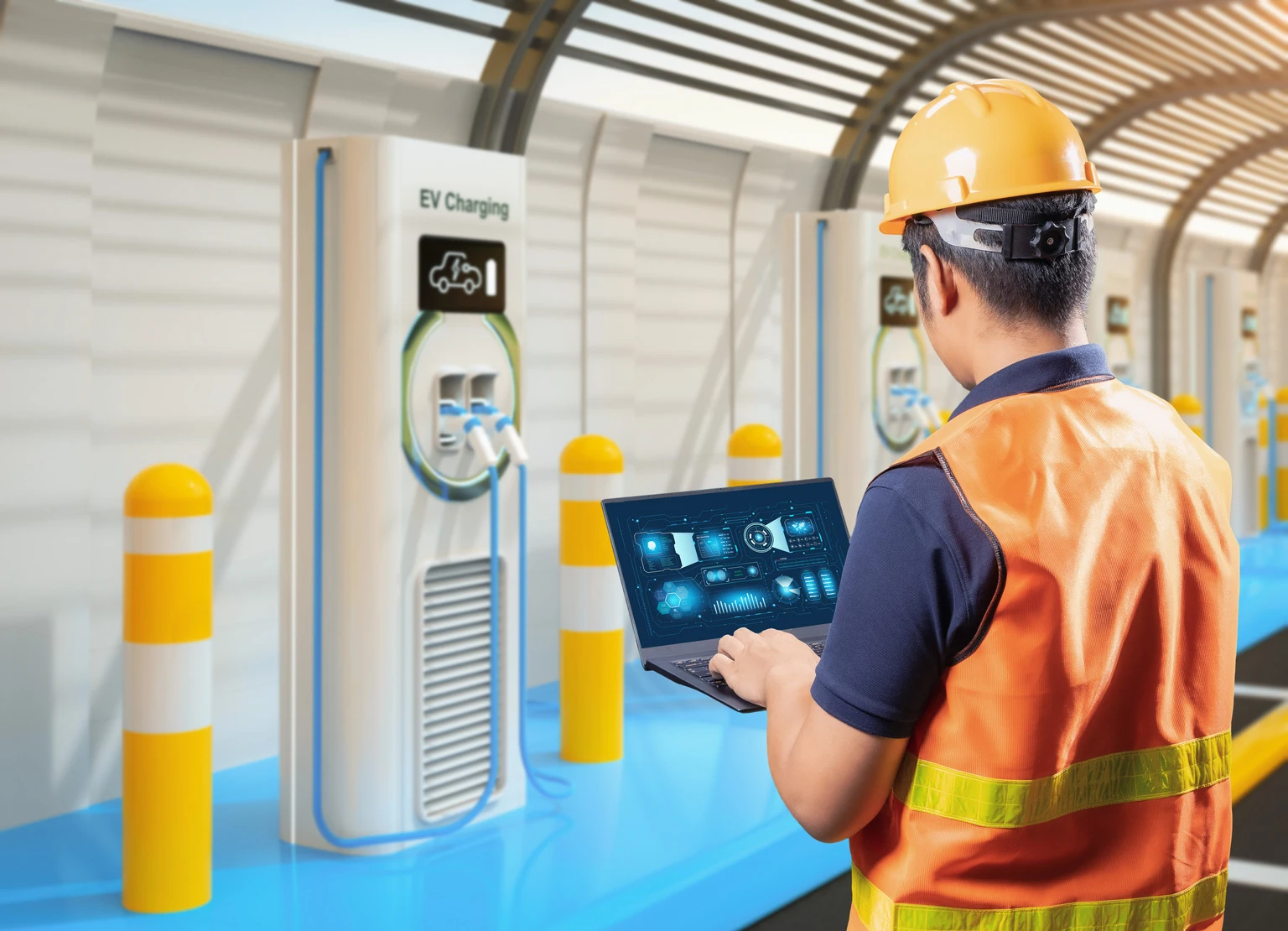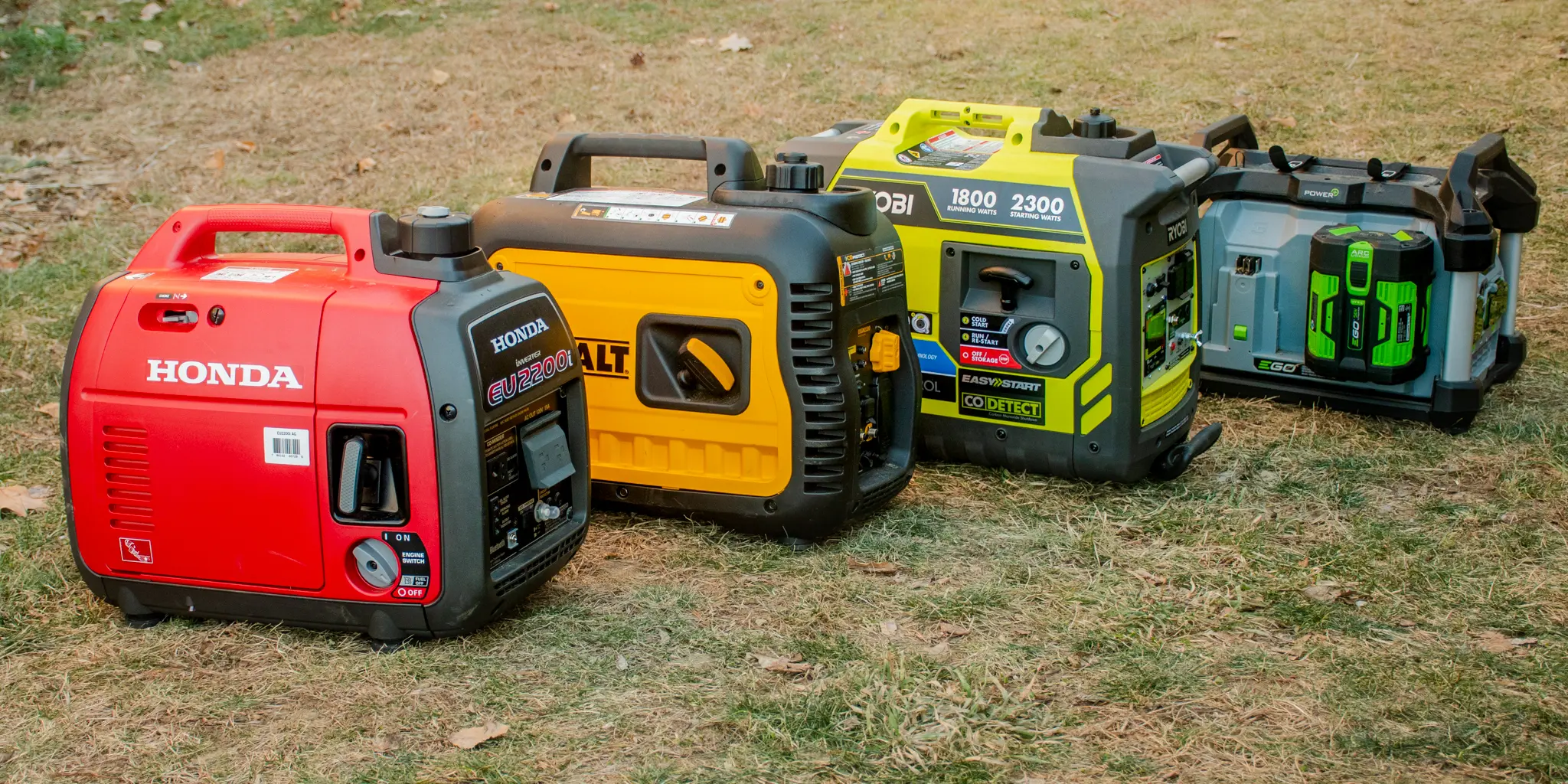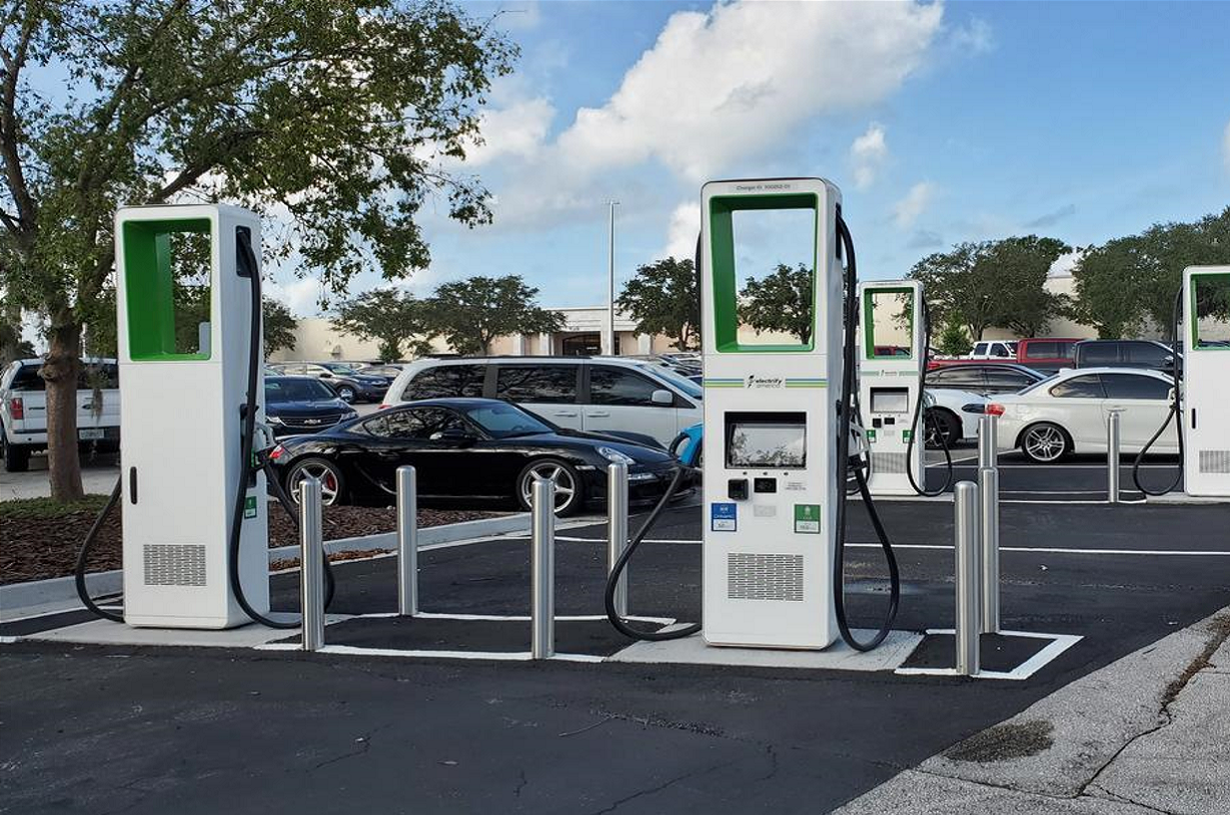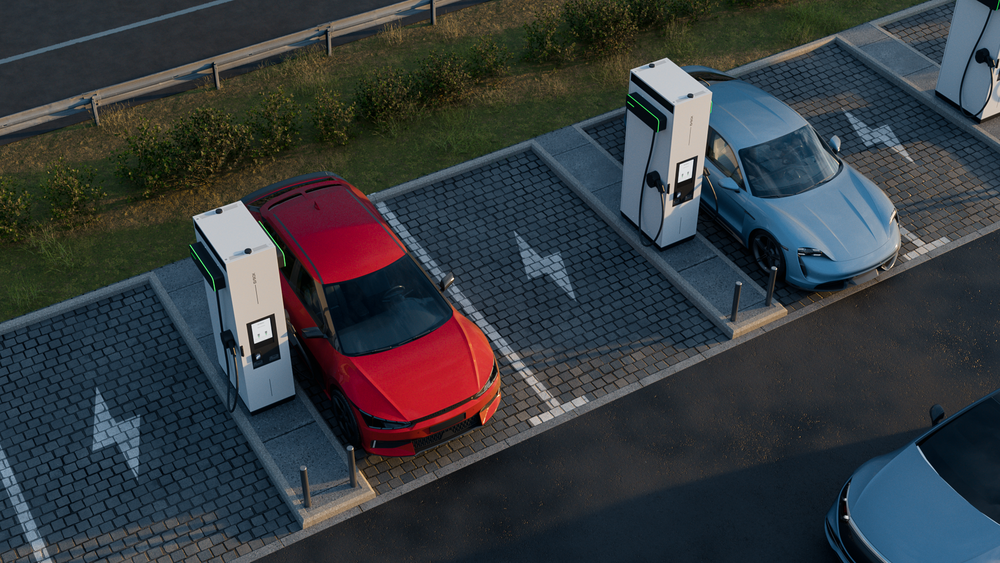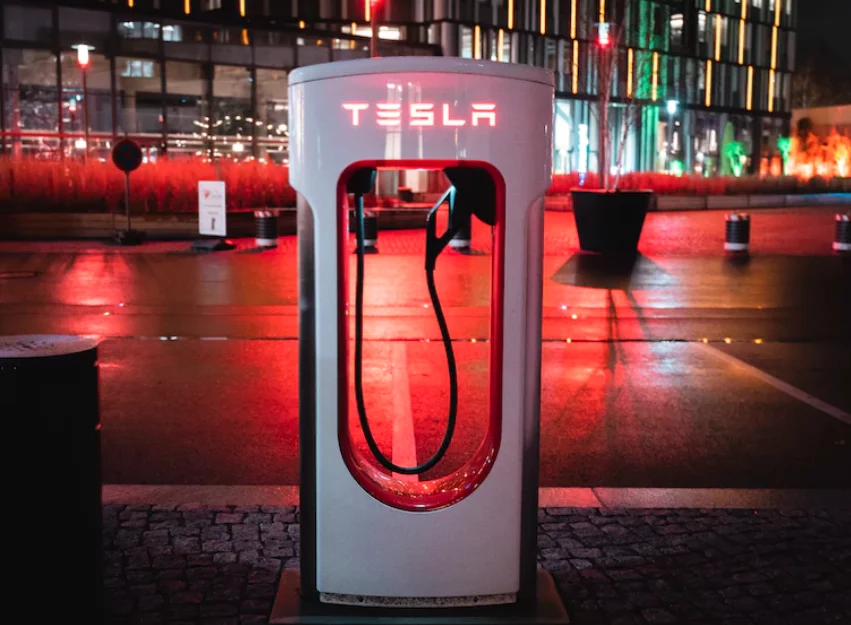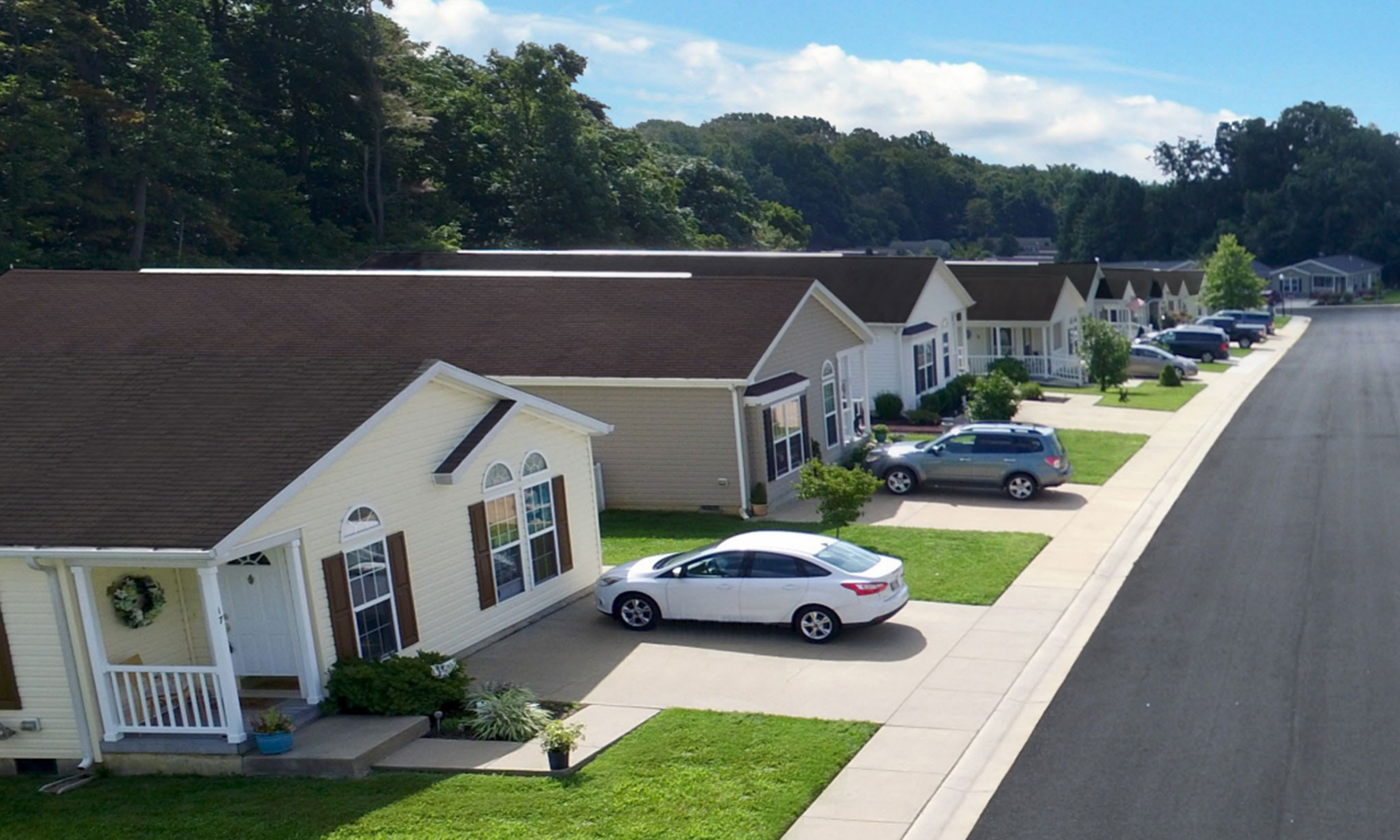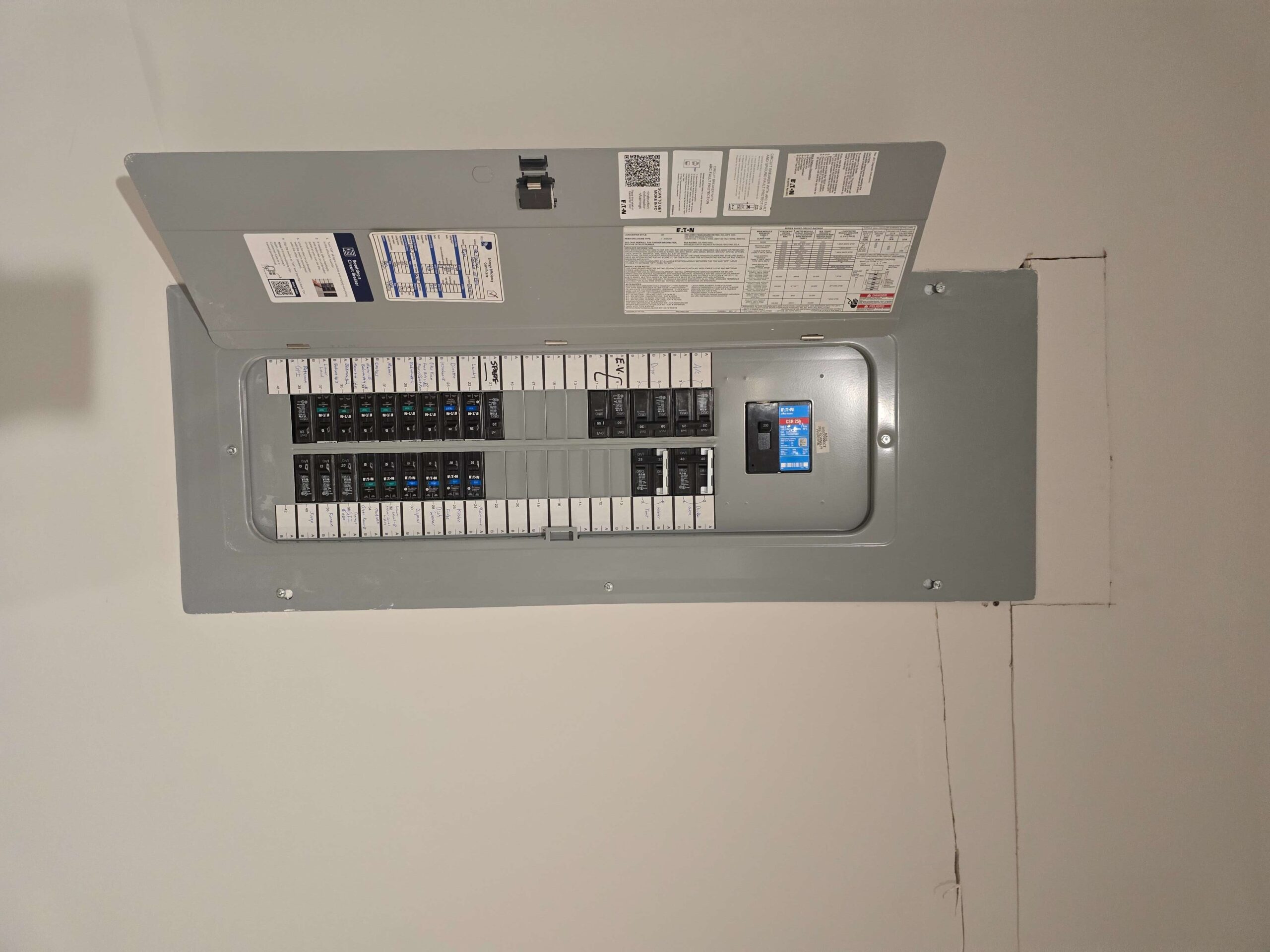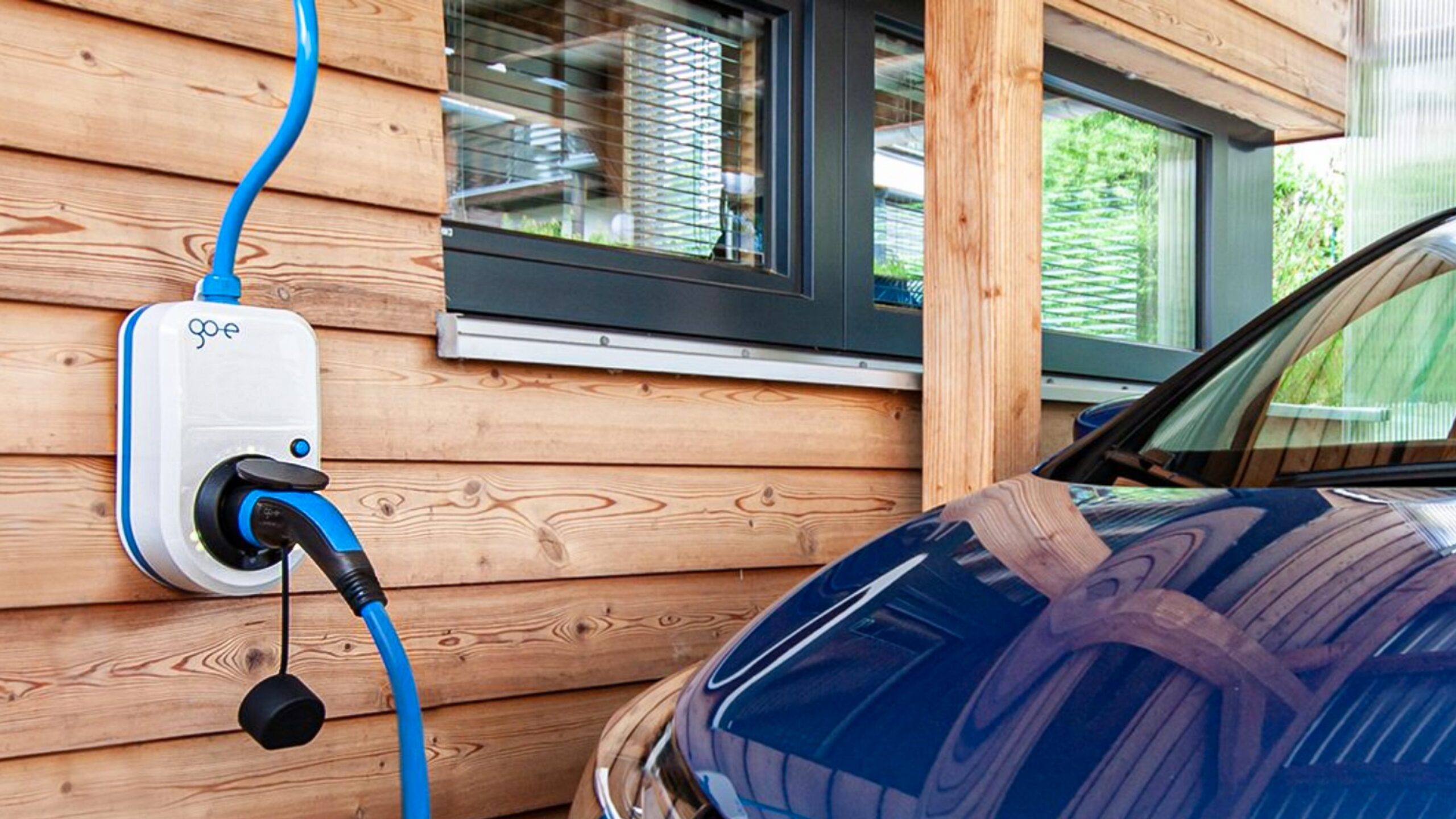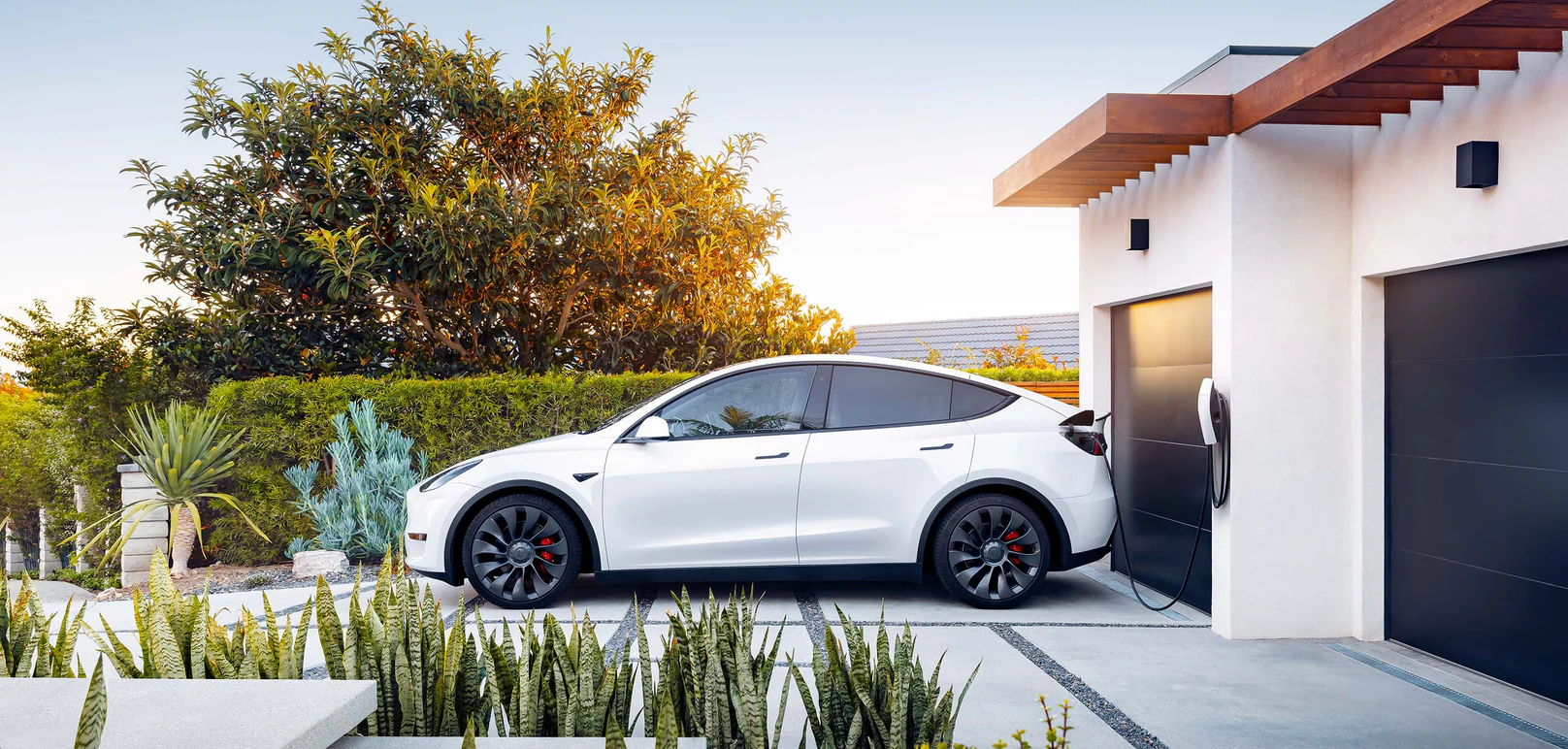
That feeling is unforgettable. The silent, instantaneous acceleration of your new Tesla as you glide through the streets of New Albany, turning heads on your way to the Market Street shops. It’s the joy of driving the future. But back home, parked in your garage, the initial excitement is tempered by a practical reality. The standard 120-volt mobile connector offers a mere 2-4 miles of range per hour. You find yourself mentally mapping out Supercharger stations at Easton or in Lewis Center, wondering how this will fit into your busy life. This moment of friction is where the dream of EV ownership meets the need for a practical, powerful home solution.
What you need is more than just an outlet; you need a dedicated, professional Level 2 Tesla EV Charger Installation. This isn’t a luxury; it’s the essential infrastructure that transforms your EV experience from one of calculation and compromise to one of utter simplicity and freedom. Waking up every single morning to a “full tank,” regardless of the day’s drives, is the true promise of electric vehicle ownership.
As the trusted local electricians for New Albany, Gahanna, and the entire Columbus metro area, the team at Electric Medic has guided hundreds of new Tesla owners through this exact process. A proper Tesla EV Charger installation is about more than speed—though charging at up to 44 miles of range per hour is a profound game-changer. It’s about the safety of your home and vehicle, the long-term health of your Tesla’s battery, and the significant value added to your property.
This definitive guide will walk you, a discerning New Albany homeowner, through every single aspect of the process. We will delve deep into the “why,” the “how,” and the “how much,” providing you with the knowledge and confidence to proceed with a home Tesla EV charger installation that is safe, efficient, and built to last.
Why a Dedicated Tesla Wall Connector is the Only Serious Choice for Your Home
While Tesla provides a Mobile Connector that can plug into a standard outlet or a NEMA 14-50 receptacle, the dedicated, hardwired Wall Connector is the superior, permanent solution for any homeowner serious about their EV investment. Let’s break down why.
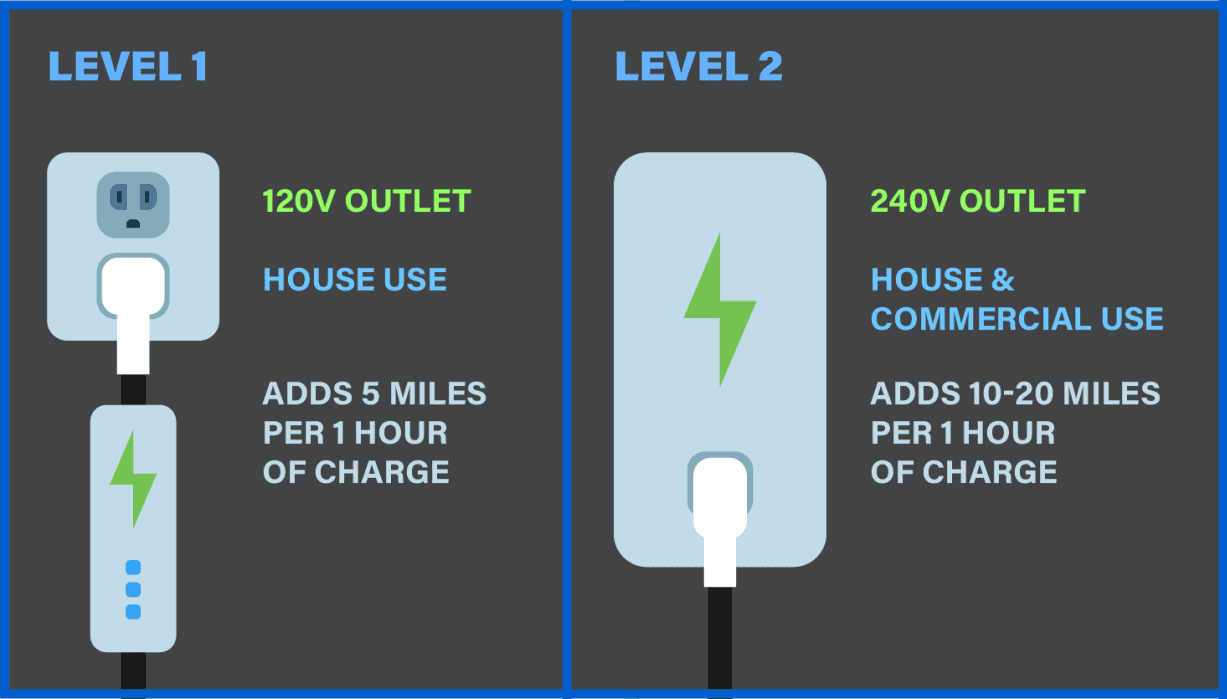
Unmatched Charging Performance and Speed
This is the most tangible benefit. The Wall Connector is engineered to deliver the maximum charge rate your home’s electrical system can support.
- Level 1 (Standard Outlet): ~2-4 miles of range per hour. Suitable only for plug-in hybrids or very low-mileage drivers. For a Tesla with a 300-mile range, a full charge could take over 100 hours.
- Level 2 (Mobile Connector on a NEMA 14-50): ~30 miles of range per hour. A good step up, but not the full potential. This is often sufficient for many, but it relies on a high-quality outlet and repeated plugging/unplugging.
- Level 2 (Tesla Wall Connector): Up to 44 miles of range per hour. This is the pinnacle of home charging, capable of fully replenishing even a long-range battery overnight. For a typical daily commute around Columbus, a Wall Connector can fully recharge your Tesla in just a few hours, ensuring you’re always ready for unexpected errands or a spontaneous trip into the city.
Superior Safety and Reliability
A professional Wall Tesla EV charger installation hardwires the unit directly into your home’s electrical circuit. This eliminates points of failure and potential hazards.
- No Wear and Tear on Plugs/Sockets: Repeatedly plugging and unplugging a Mobile Connector can wear out the receptacle, leading to arcing, heat buildup, and a potential fire hazard over time. A hardwired connection is permanent and stable.
- Robust Internal Components: The Wall Connector is built with commercial-grade contactors and is designed to handle continuous high-amperage draw for years without degradation.
- Advanced Built-in Safety Features: The Wall Connector has integrated GFCI protection, thermal sensors to prevent overheating, and automatic fault detection that goes beyond what a standard circuit breaker provides. It continuously monitors its own status and can shut down if any irregularity is detected.
Unbeatable Convenience and Curb Appeal
Imagine the simplicity of pulling into your garage, grabbing the charging handle, and clicking it into your car. No uncoiling cables, no fumbling with a separate unit, no storing the Mobile Connector.
- Always Ready: The Wall Connector is a permanent fixture, always mounted and waiting. Your Mobile Connector can live in your frunk for true emergencies on the road, which is its intended purpose.
- Sleek, Integrated Design: It looks like it was made for your Tesla—because it was. Its sleek, minimalist design adds a professional, high-tech aesthetic to your garage that says you’ve fully embraced the future.
- Smart Features and Control: With Wi-Fi connectivity, you can monitor charging status from your phone, schedule charging for off-peak hours when AEP Ohio electricity rates are lowest, and receive firmware updates directly to the unit to ensure it’s always operating at its best. You can also set it to be accessible to all Tesla drivers or restricted to only your vehicles.
The Critical Pre-Installation Assessment: Laying the Groundwork for Success
The single most important phase of your Tesla EV Charger Installation is the initial assessment. This is where a qualified electrician, like our team at Electric Medic, identifies potential challenges and creates a bulletproof plan. Skipping or rushing this step is the most common cause of cost overruns and safety issues later on.
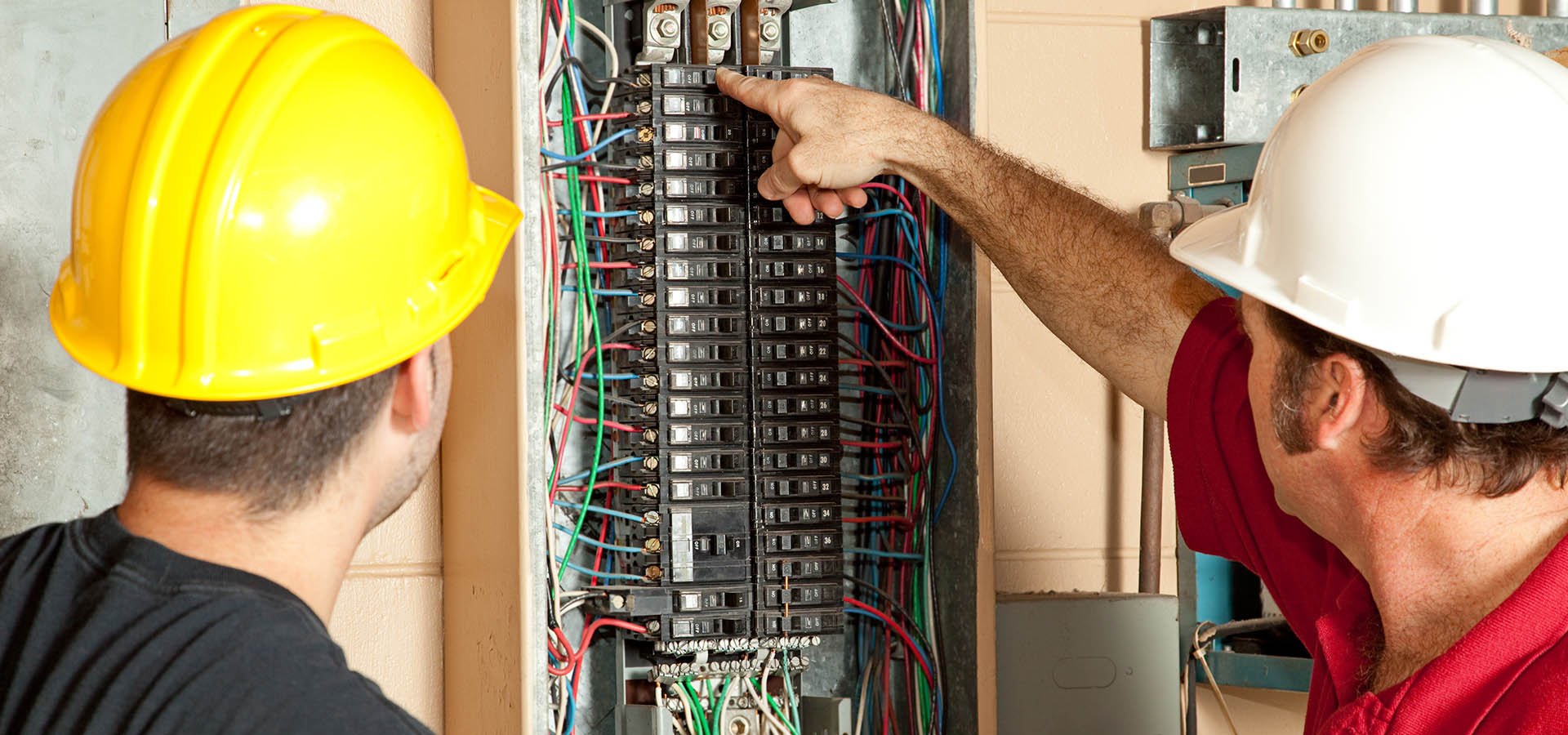
The Heart of the System: A Deep Dive into Your Electrical Panel
Your main electrical panel, often located in your basement or garage, is the heart of your home’s electrical system. We conduct a thorough evaluation to answer three critical questions:
- Do You Have Physical Space? We look for an open two-pole slot in your panel to install the new double-pole breaker required for the 240-volt circuit. In many older New Albany homes, panels are already at or near capacity with breakers for AC, electric dryers, and kitchen appliances. If there’s no space, we can discuss solutions like a sub-panel or a tandem breaker, if code allows.
- Do You Have the Electrical Capacity? This is more complex than physical space. We perform a detailed load calculation to determine if your main electrical service (e.g., 100-amp, 200-amp) can handle the additional, continuous load of the EV charger without overloading the entire system. A Tesla EV charger installation on a 60-amp circuit draws 48 amps of continuous power, which is a significant addition—equivalent to adding another central air conditioning unit to your home. We must ensure the main service can handle this, especially when other heavy loads are running.
- Is Your Panel in Good Condition? We check for signs of aging, rust, outdated technology (like Federal Pacific or Zinsco panels), or any burning smells. If your panel is outdated or unsafe, a panel upgrade will be a necessary first step for your safety, regardless of the EV charger. We often find these in homes built before 1990 in areas like Olde Towne East or some parts of Worthington.
Determining the Perfect Location for Your Wall Connector
The location isn’t just about convenience; it directly impacts the cost and complexity of the installation. We consider several factors with you:
- Proximity to Your Parking Spot: The Tesla charging cable is 24 feet long. We’ll help you choose a spot that allows easy access to your car’s charging port without stretching the cable taut. We consider the driver’s side rear port on most Teslas and the layout of your garage.
- Path from the Panel to the Location: The ideal route is a straight, short path through unfinished spaces like a basement ceiling or crawlspace. We’ll map out the most efficient and least invasive path. Longer runs require more materials (wire and conduit) and labor, which affects the overall wall Tesla EV charger installation cost.
- Height and Accessibility: We typically mount the unit at a comfortable height, around 4-5 feet from the floor, ensuring the handle is easy to reach and the cable can be neatly looped over the integrated holster to keep your garage tidy.
- Local Code Requirements: The National Electrical Code (NEC) has specific rules about the placement of EV charging equipment, including maintaining clearances and ensuring it’s not in a location where it would be prone to physical damage. We strictly adhere to these for your safety.
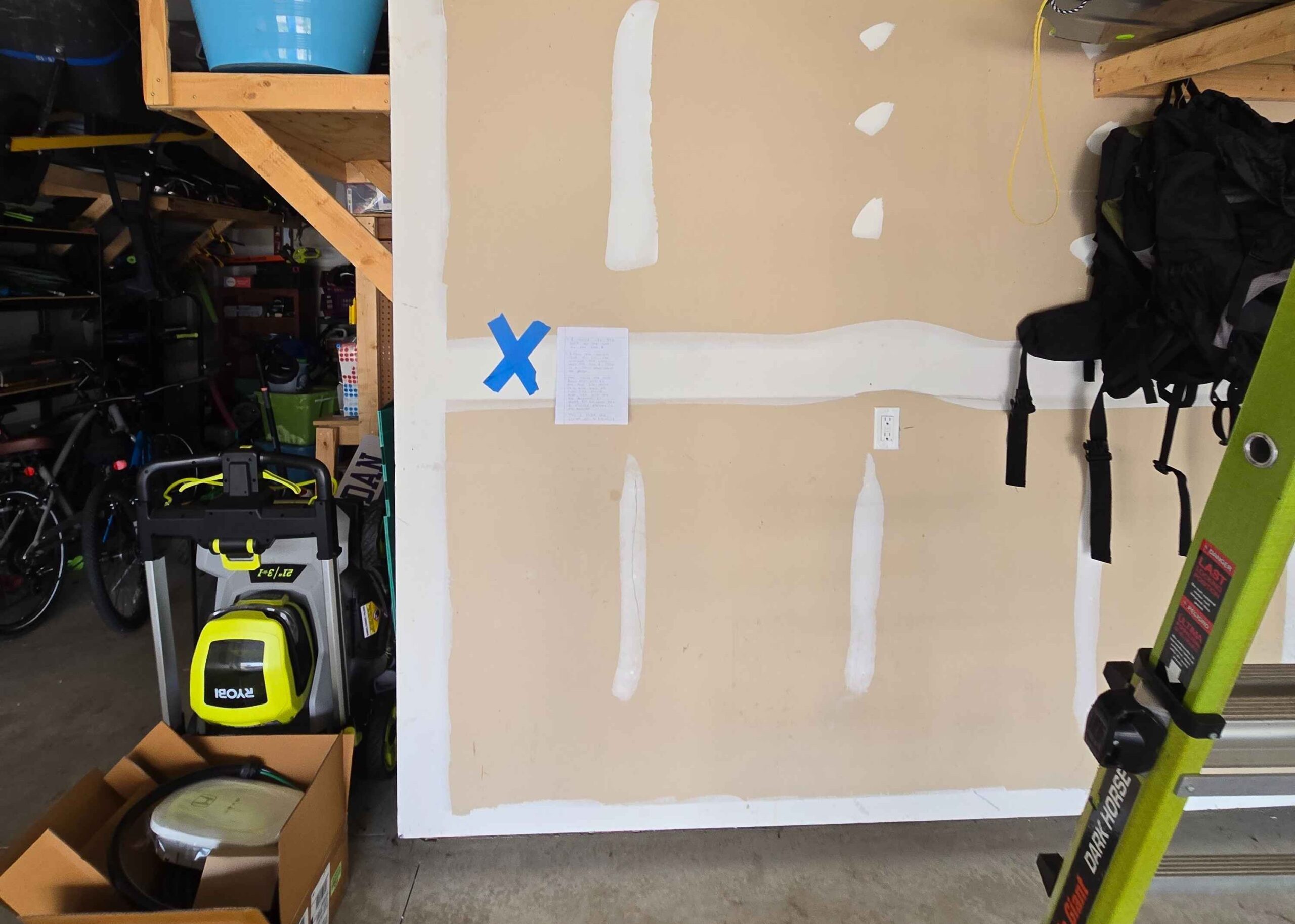
The All-Important Permitting Process
Any legitimate and safe Tesla wall connector installation requires an electrical permit from your local building department (for New Albany residents, this is typically the City of New Albany or the Jefferson Township building department).
- Why It’s Non-Negotiable: The permit ensures that a third-party inspector will review the work to verify it meets all safety codes. This protects you, your home, and your insurance coverage. An unpermitted installation can void your homeowner’s insurance in the event of a fire and cause problems when you sell your home.
- We Handle It For You: Electric Medic manages the entire permitting process—filling out the paperwork, paying the fees, and scheduling the inspection. This is a key service that separates professional electricians from handymen, who often skip this critical step.
The Installation Day: A Step-by-Step Walkthrough of the Professional Process
Knowing what to expect on installation day demystifies the process and gives you confidence. Here’s a detailed, behind-the-scenes look at how our team executes a flawless home Tesla EV charger installation.
Step 1: Preparation and Site Setup
Our team arrives on time and confirms the installation plan with you. We lay down drop cloths to protect your flooring and set up our tools and equipment in an organized manner. Safety is our first priority, so we’ll ensure the work area is secure and that you know what to expect throughout the day.
Step 2: Shutting Down and Verifying Power
We will locate your main electrical panel and shut off power to your entire home. We then use a voltage tester to double and triple-check that the panel is completely de-energized before we begin any work. This is a critical safety step that we never, ever skip. Your safety and ours depend on it.
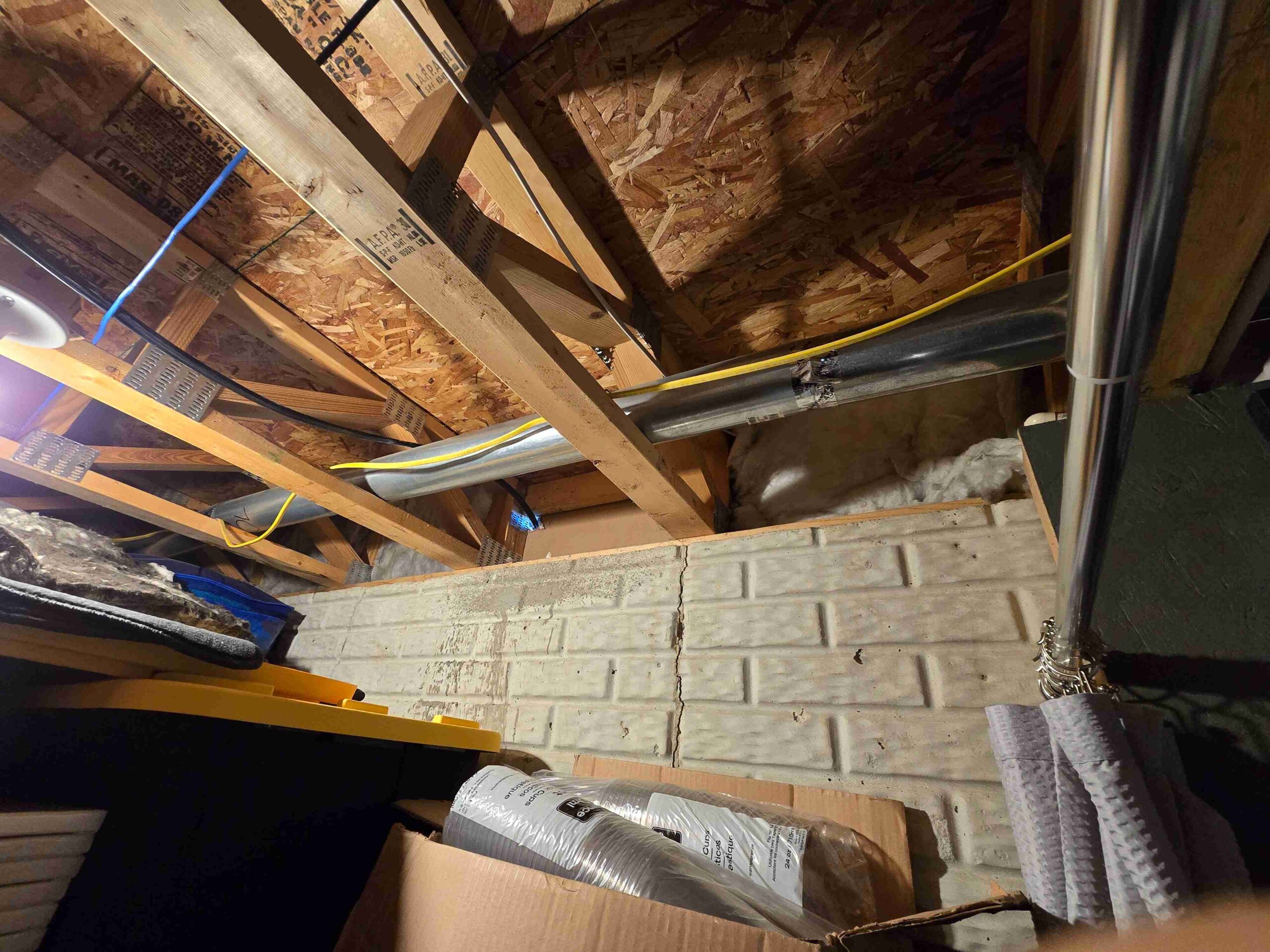
Step 3: Running the New Circuit
This is the most labor-intensive part of the job. The process varies dramatically based on your home’s layout:
- In a Finished Garage: We may need to carefully drill through wall studs and potentially cut small, strategic access holes to “fish” the wire through the walls. We take great care to minimize disruption and will patch any necessary holes, returning your wall to its original condition.
- With an Unfinished Basement/Crawlspace: If your garage is above an unfinished space, the process is more straightforward. We can run the armored cable (MC) or conduit (EMT) along the ceiling joists for a clean and accessible installation. This is often the case in many Columbus-area homes.
- The Conduit and Wiring: We use the correct gauge of copper wire (typically #6 AWG for a 60-amp circuit or #4 AWG for longer runs to prevent voltage drop) enclosed in rigid metal (EMT) or schedule 80 PVC conduit for maximum physical protection, as required by code. The conduit protects the wires from damage and is a mark of a quality installation.
Step 4: Installing the New Breaker and Making Panel Connections
Inside the main panel, we install a new, two-pole 60-amp breaker (or a lower amperage one like 50-amp or 40-amp, if your electrical service requires a derated circuit). We connect the new wires to this breaker with precision, ensuring all terminations are tight and correct using a calibrated torque screwdriver. A loose connection is a primary cause of electrical fires, so this step is performed with meticulous care.
Step 5: Mounting the Wall Connector and Final Connections
We securely mount the Tesla Wall Connector to the wall, using the provided template to ensure it’s perfectly level. We then bring the circuit wires into the unit’s wiring compartment and make the final connections according to Tesla’s specifications and the NEC. This includes connecting the ground wire, the neutral (if required for a lower amperage setting), and the two hot wires.
Step 6: Power-Up, Testing, and Commissioning
This is the moment of truth. We restore power to the main panel and then energize the new circuit. We use specialized meters to verify correct voltage, check for proper grounding, and test the GFCI functionality. We then plug the connector into your Tesla to ensure it communicates correctly and begins charging. We will also help you connect the Wall Connector to your Wi-Fi and walk you through its basic functions in the Tesla app, such as setting a charging schedule to save money with AEP Ohio’s time-of-use rates.
Step 7: Cleanup and Final Walkthrough
We believe in leaving your home cleaner than we found it. We clean up all debris, pack up our tools, and do a final walkthrough with you to explain the work performed and answer any remaining questions. We provide you with all the documentation you’ll need for your records and for any applicable rebates.
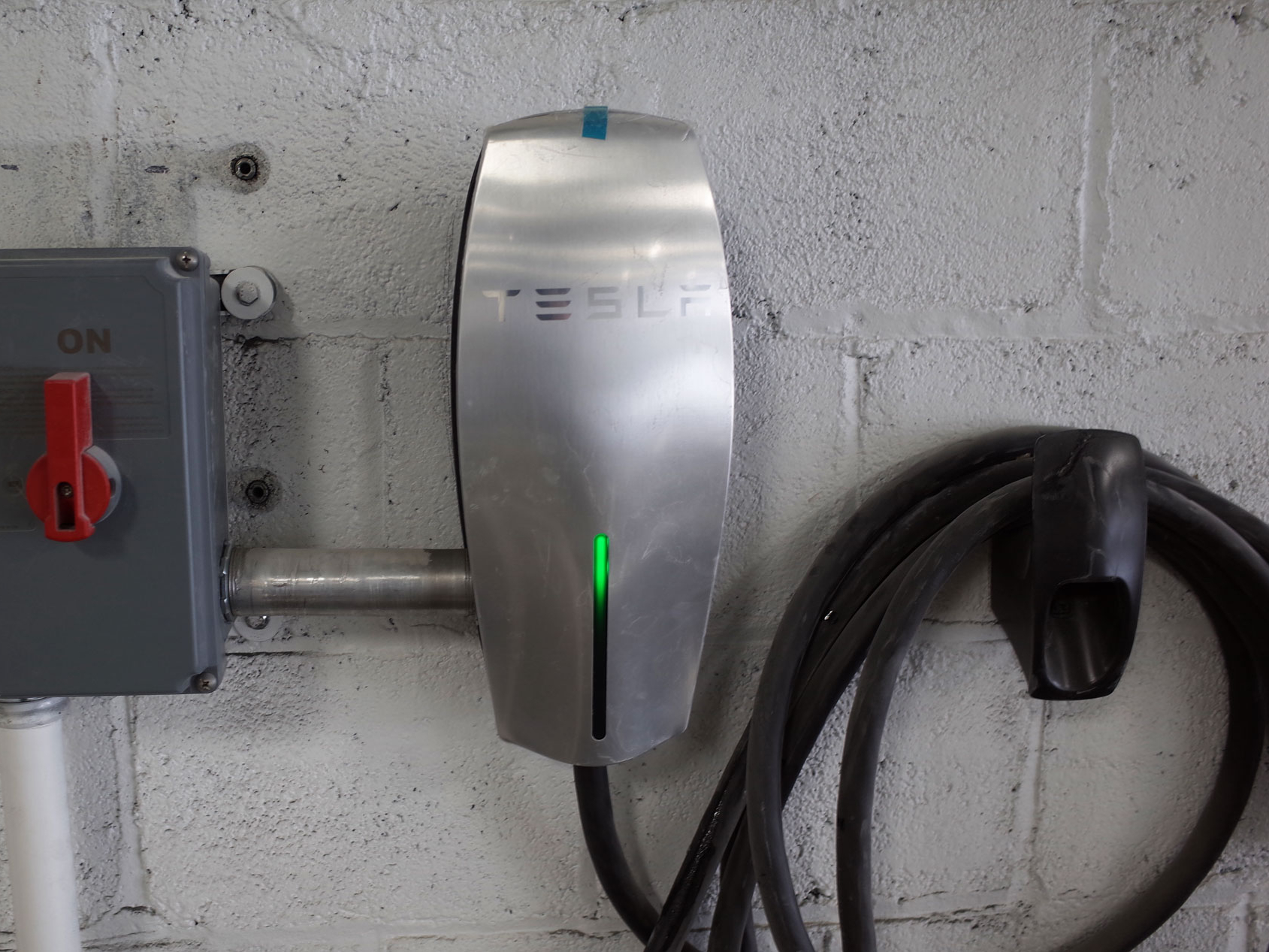
A Deep Dive into the Cost of Tesla Charger Installation in Central Ohio
Transparency is key. The total investment for a Tesla EV charger installation typically ranges from $1,200 to $2,800, with most homeowners in the New Albany area spending around $1,800. Let’s dissect this cost in detail.
Cost Factor 1: The Tesla Wall Connector Unit
- Cost: ~$550. This is a fixed cost you can verify on Tesla’s website. It’s important to purchase this directly from Tesla to ensure you get a genuine, warrantied product.
Cost Factor 2: Materials and Labor for Installation
This is the variable part of the equation, typically ranging from $650 to $2,250+.
- The “Easy” Installation ($650 – $1,200): This scenario involves a panel with ample space and capacity located directly on the other side of the wall from where you want the charger. The wire run is less than 10 feet. This is common in some newer builds in communities like New Albany’s The Farms.
- The “Standard” Installation ($1,200 – $1,800): This is the most common scenario we see. The panel is in the basement, and the wire needs to be run 20-50 feet to the garage, requiring drilling through sill plates and running conduit along joists.
- The “Complex” Installation ($1,800 – $2,800+): This involves a long wire run (over 50 feet), a panel on the opposite side of the house, or challenging construction like concrete walls or finished ceilings that require extensive fishing and repair. Historic homes in German Village or Olde Towne East often present these challenges.
Cost Factor 3: The Potential Need for a Panel Upgrade
If your home has a 100-amp service (common in homes built before 1990) or an outdated and unsafe panel (like Federal Pacific or Zinsco), an upgrade will be necessary. A panel upgrade to a modern 200-amp service typically costs between $2,500 and $4,500. While this is a significant additional investment, it is a crucial one for the overall safety and functionality of your modern home, which now has higher electrical demands than when it was built. It future-proofs your home for other potential additions like a hot tub, solar panels, or a kitchen renovation.
Why Your Choice of Electrician is the Most Important Decision You’ll Make
A Tesla EV Charger Installation is a significant modification to your home’s electrical system. Entrusting this job to anyone other than a licensed, insured, and experienced professional is a risk to your safety, your warranty, and your peace of mind.
- Safety and Code Compliance: We don’t just “hook up wires.” We ensure the entire installation is compliant with the latest NEC codes, which are written to prevent electrocution and fires. This includes proper grounding, correct wire sizing, and the installation of required disconnect switches. A mistake here can be catastrophic.
- Insurance and Liability: If an improperly installed charger causes a fire, your homeowner’s insurance may deny the claim. Our work is permitted and inspected, providing you with a paper trail that proves the installation was performed to code by a licensed professional. We carry full liability and workers’ compensation insurance for your protection.
- Expertise with Local Authorities: We have established relationships with the building departments in New Albany, Columbus, and all surrounding suburbs. We know their specific requirements and can navigate the permit and inspection process smoothly, saving you time and hassle.
- Quality of Workmanship: The difference is in the details: cleanly run conduit, neatly bundled and labeled wires in the panel, and a securely mounted unit that looks and functions perfectly for years to come. This craftsmanship ensures reliability and longevity.
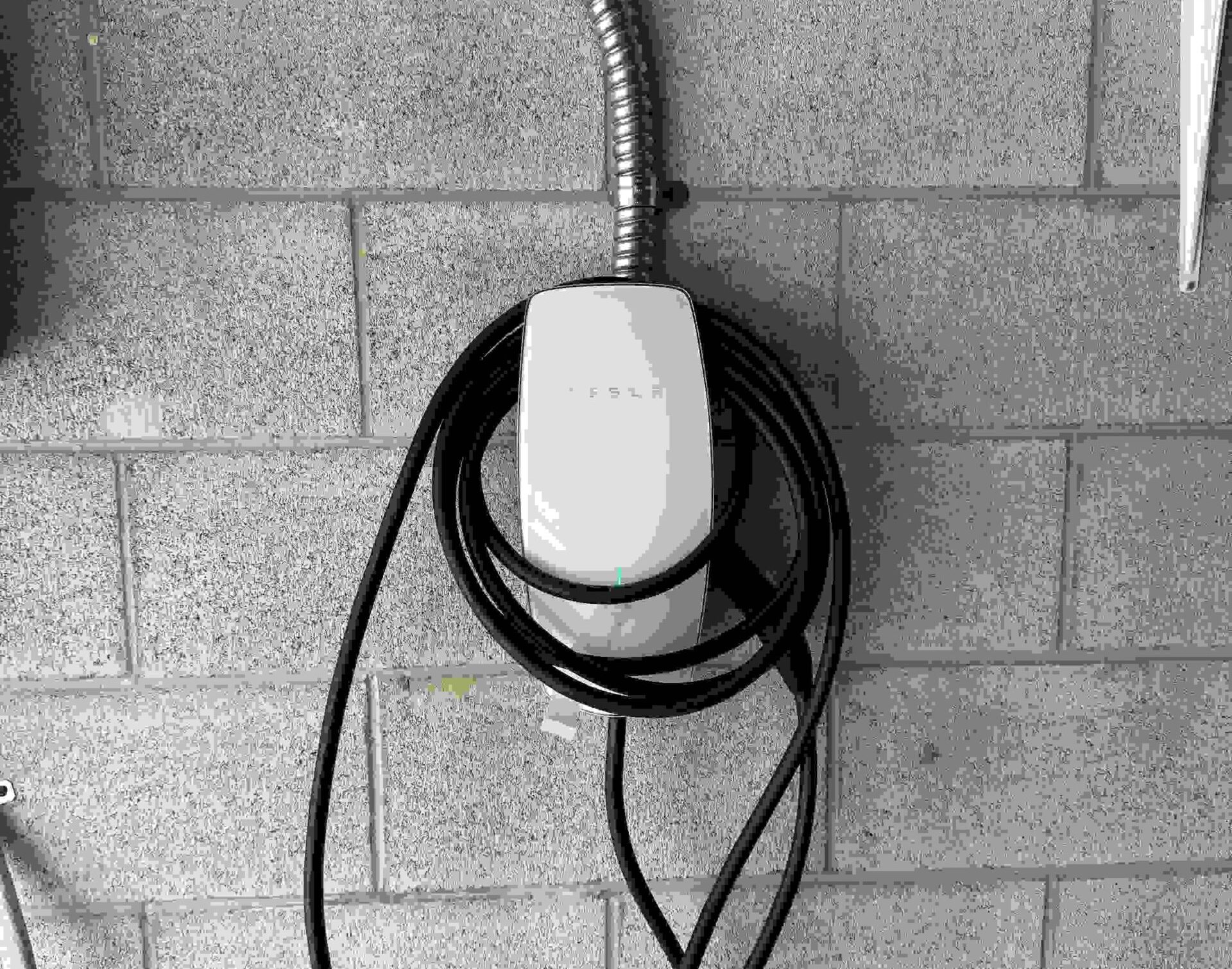
FAQ: Tesla Charger Installation in New Albany and Columbus, OH
Q1: How long does the entire process, from assessment to inspection, take?
A: The on-site installation is typically a 4-8 hour job. The full timeline is usually 7-14 days, accounting for the time to pull permits (which can take a few days depending on the municipality) and schedule the final inspection.
Q2: Can the Tesla Wall Connector be installed outdoors?
A: Yes, it is rated for outdoor use (NEMA 3R or 4). We specialize in weatherproof outdoor Tesla EV charger installation and will ensure it’s mounted on a sturdy surface with all connections properly sealed against Ohio rain, snow, and heat. This is a great solution for homes without garages or for condo owners with designated parking spots.
Q3: I live in a historic home in New Albany with a 100-amp panel. Is this a problem?
A: It’s a common scenario we handle. While a 100-amp panel can sometimes support a charger on a lower-amperage circuit (like 30 or 40 amps), a panel upgrade to 200 amps is often the safest and most future-proof solution. We will give you an honest assessment of your options and the associated costs during our initial consultation.
Q4: Are there any rebates or tax credits I should know about?
A: Yes! AEP Ohio frequently offers a rebate (often around $250-$500) for the installation of a qualified Level 2 EV charger. Furthermore, the federal government offers a tax credit for 30% of the total installation cost (equipment + labor), up to $1,000, via IRS Form 8911. We provide the detailed invoice you need to claim both of these incentives.
Q5: My HOA has rules about exterior modifications. What should I do?
A: For an outdoor installation, it’s wise to get pre-approval from your HOA. We can provide you with details about the unit’s dimensions and appearance to help with your application. For garage installations, this is rarely an issue, but it’s always best to check your covenants.
READ ALSO: No Garage? No Problem. Outdoor Tesla/EV Charger Installation in Columbus, OH
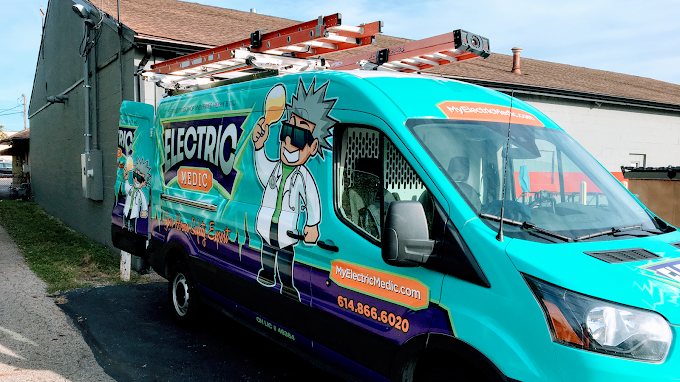
Ready to Transform Your Tesla Experience? Let’s Power Up Your Home. Call (614) 866-6020
The journey to effortless EV ownership begins with a single, smart decision: investing in a professional, safe, and high-performance home charging solution. Stop letting charging logistics dictate your schedule. With a Tesla EV Charger Installation from Electric Medic, you can embrace the full freedom and excitement of your Tesla, knowing that a full charge is always waiting for you at home.
Our local, certified team is committed to providing a five-star experience from your first phone call to the final inspection sticker. We combine technical expertise with a deep understanding of the homes and codes in New Albany, Gahanna, Westerville, and all across central Ohio.
Don’t settle for a slow trickle charge. Contact Electric Medic today to schedule your comprehensive, on-site assessment. Let’s work together to make your home Tesla-ready.

